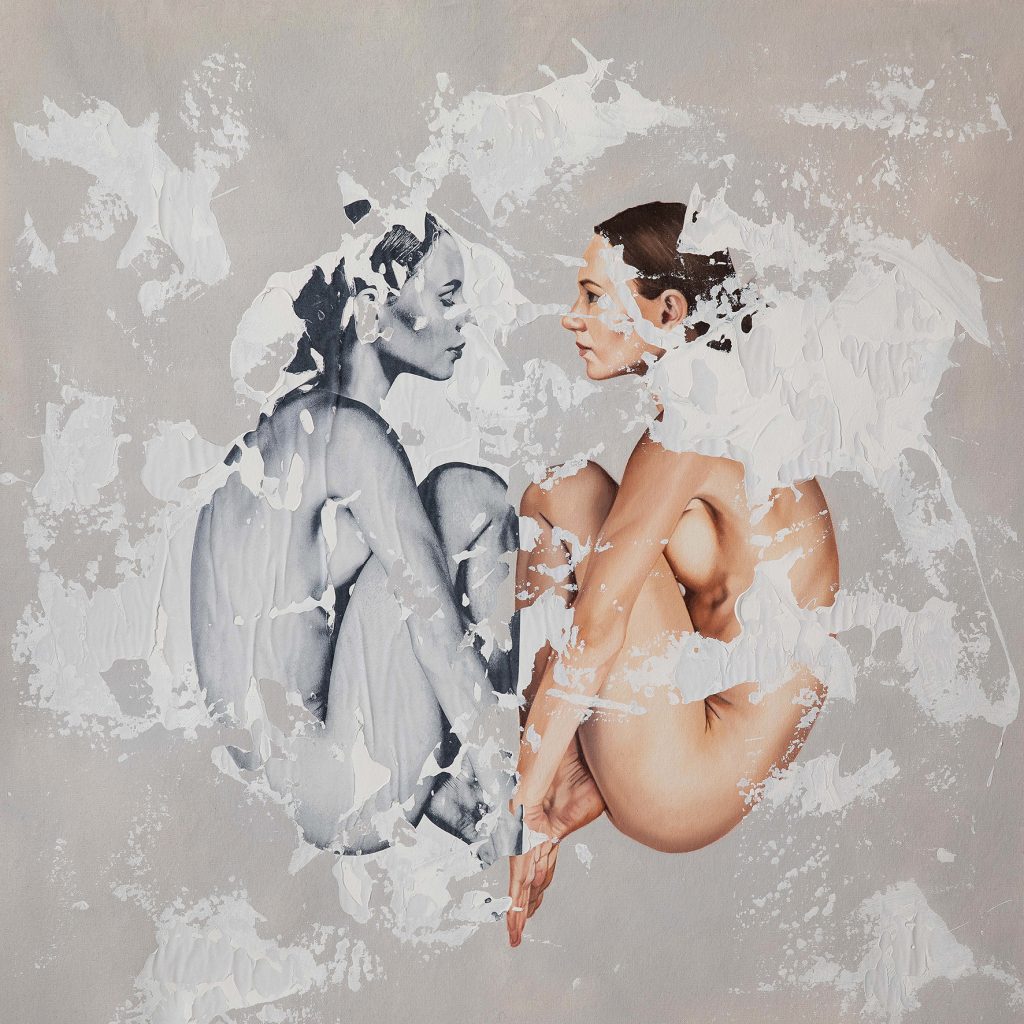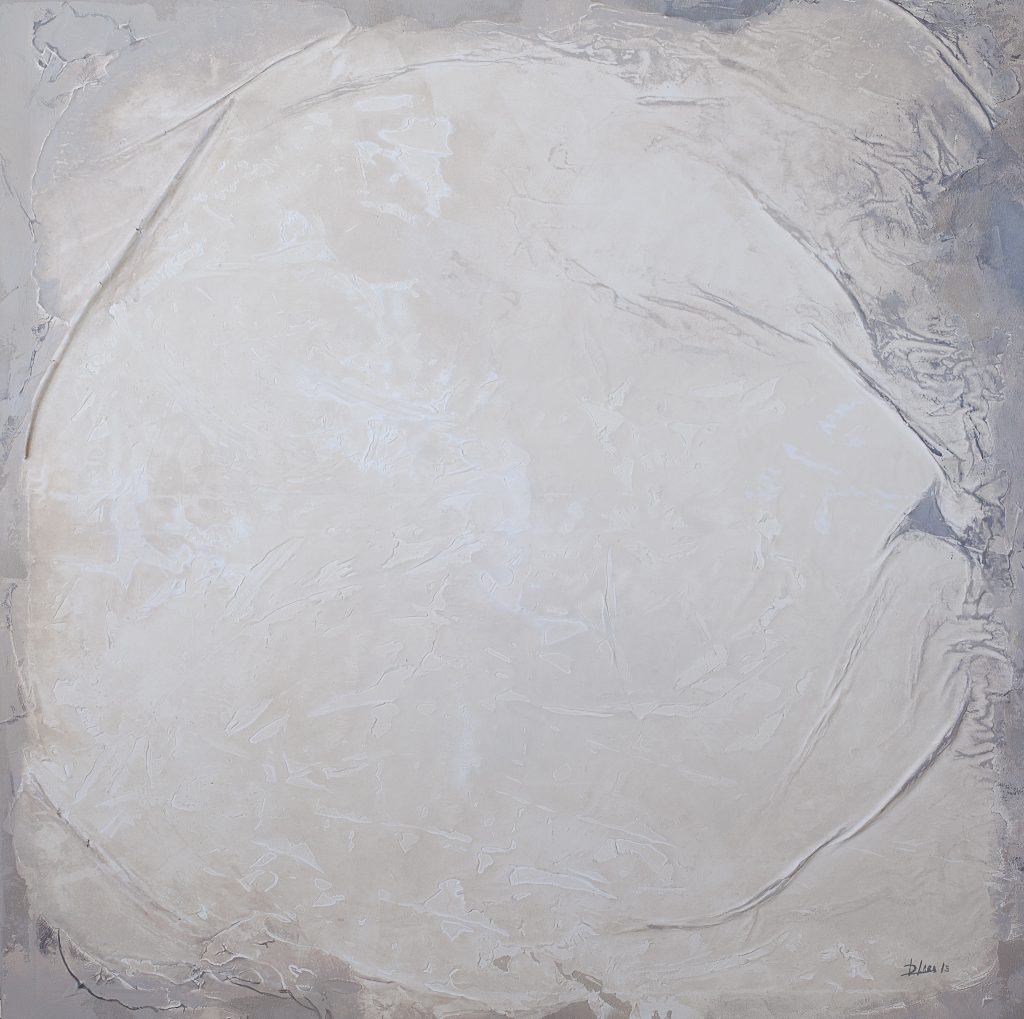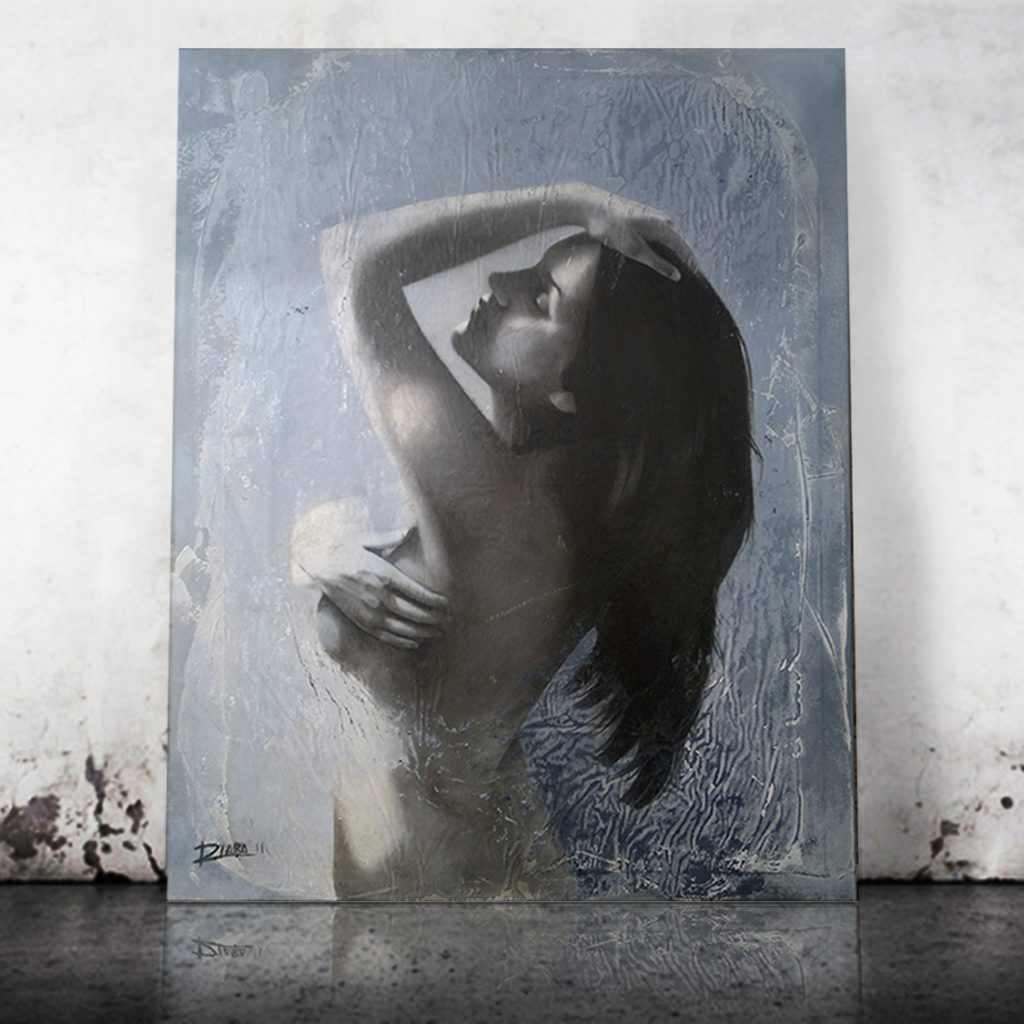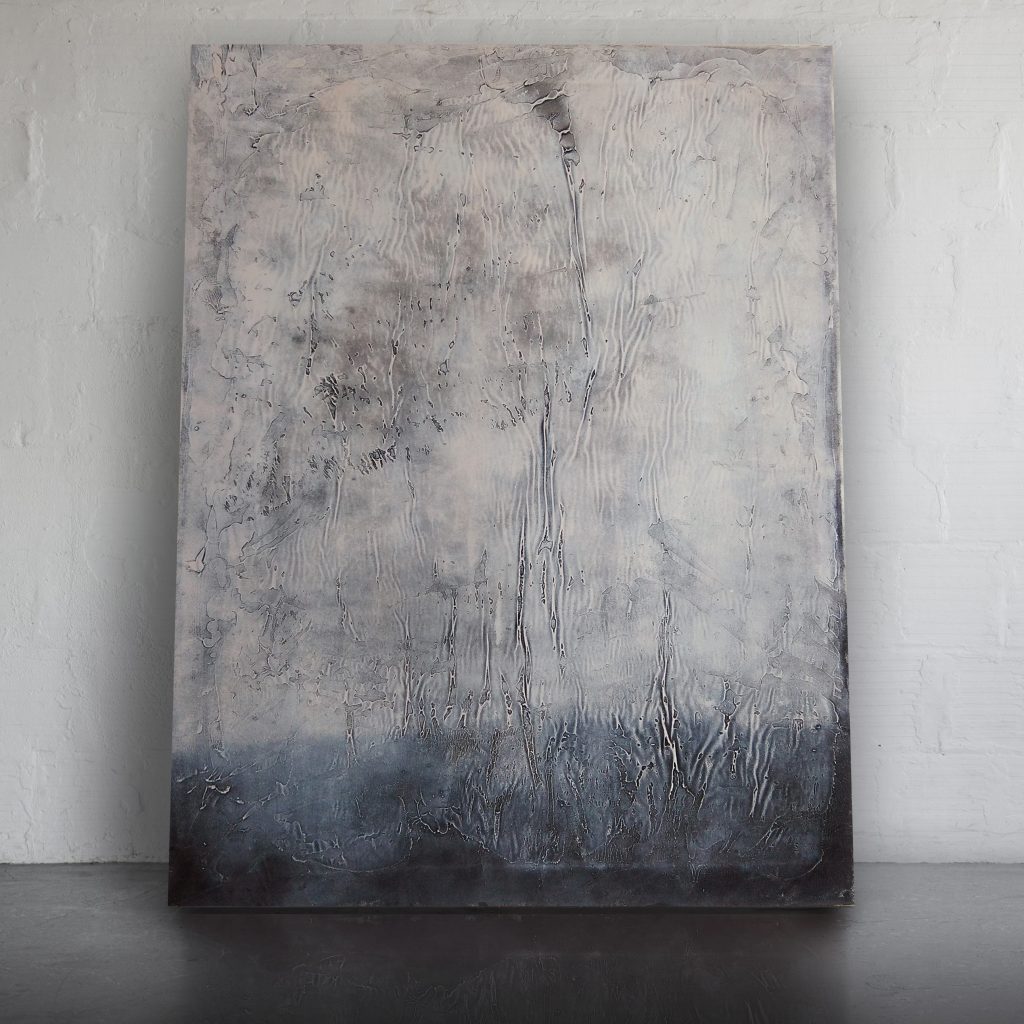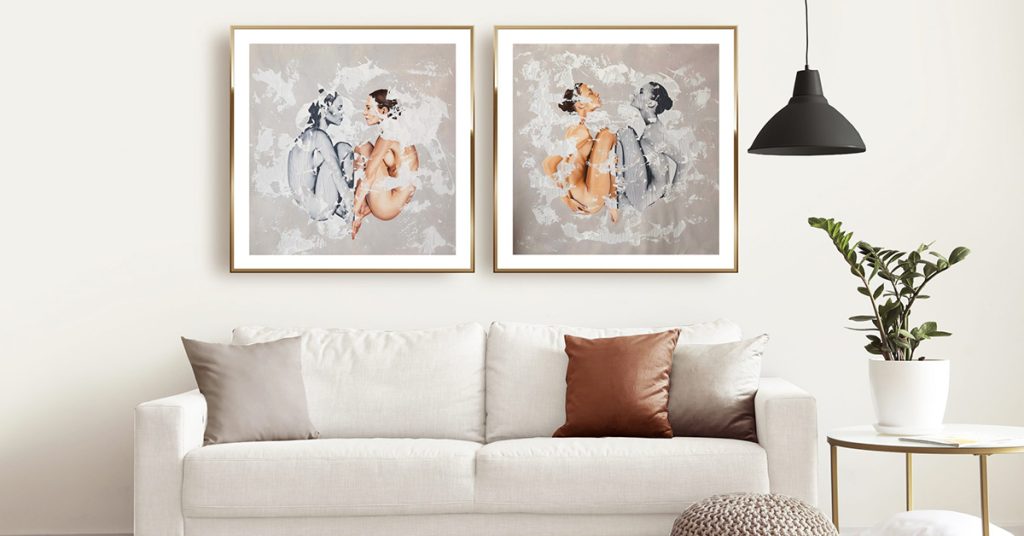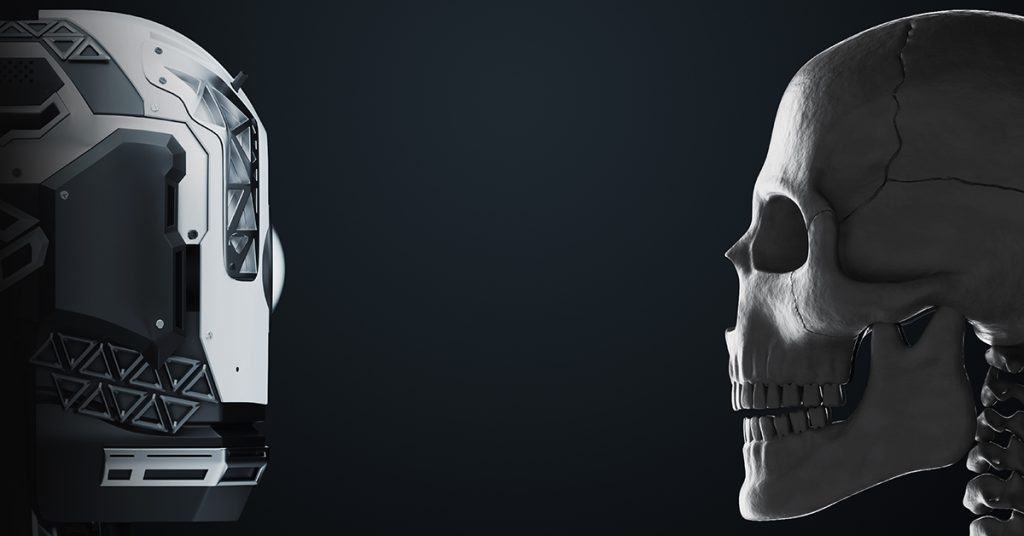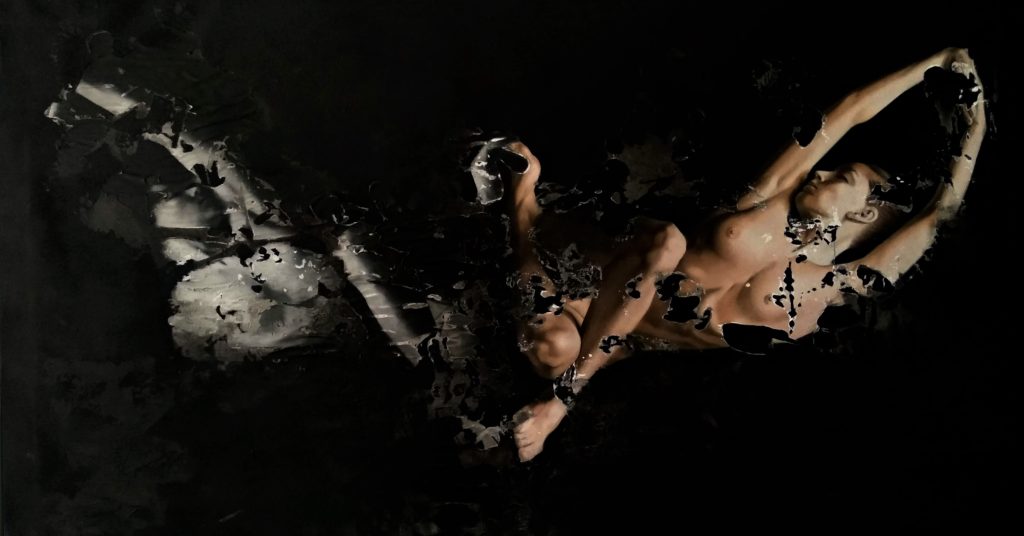
Introduction
Art is a form of expression that allows individuals to showcase their creativity and convey messages in unique ways. The world of art is vast and diverse, with countless styles and techniques to choose from. Two of the most popular styles of art are realism and abstract art. While both are beautiful and unique in their own ways, they differ in many ways. In this article, we will explore the differences between realism vs abstract art, their origins, and what makes them stand out.
What is Realism Art?
Realism art is a style that aims to portray objects and scenes as they appear in real life. This style of art originated in the mid-19th century as a reaction to the Romantic movement. Realism artists rejected the idealized images and exaggerated emotions of Romanticism and instead focused on depicting the world as it truly was.
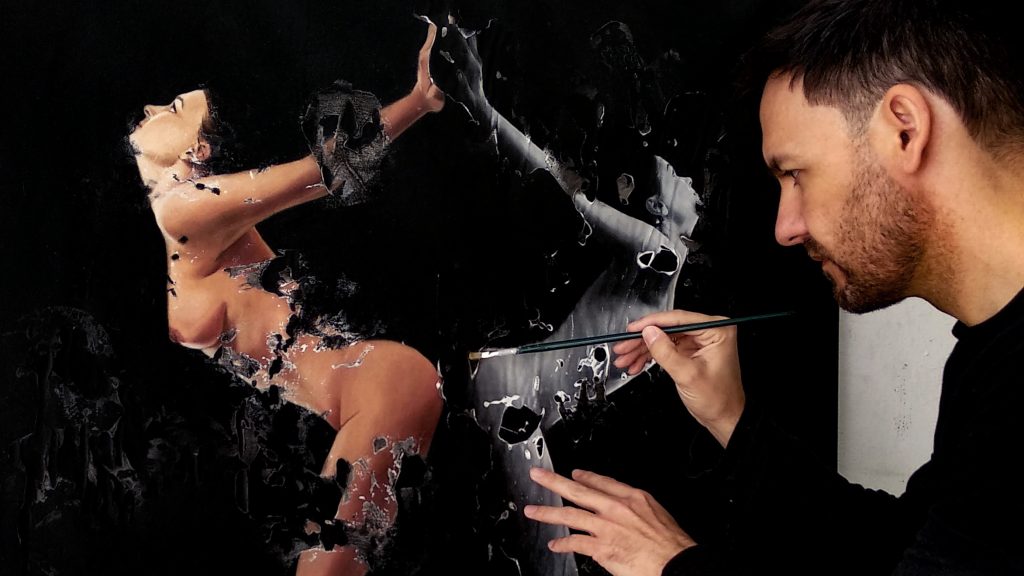
Characteristics of Realism Art
Realism art is characterized by several distinct features that set it apart from other styles of art. Here are some of the key characteristics of realism art:
- Focus on capturing the essence of the subject matter.
- Emphasis on depicting everyday life and ordinary people.
- Use of natural colors and lighting to create a sense of realism.
- Often depicts scenes from nature or urban life.
Highly detailed and accurate representations of the subject matter
Realism art seeks to accurately capture the appearance of the subject matter. This means that the artist pays close attention to detail, striving to create a lifelike representation of the subject.
Focus on capturing the essence of the subject matter
While realism art emphasizes accuracy, it also seeks to capture the essence of the subject matter. This means that the artist tries to convey the emotion or mood of the subject matter in addition to its physical appearance.
Emphasis on depicting everyday life and ordinary people
Realism art often depicts scenes from everyday life, with a focus on ordinary people rather than the rich and powerful. This makes it a highly relatable form of art that reflects the experiences of the common person.
Use of natural colors and lighting to create a sense of realism
Realism art uses natural colors and lighting to create a sense of realism. This means that the colors used are often muted and naturalistic, and the lighting is designed to mimic the way light falls on objects in the real world.
Often depicts scenes from nature or urban life
Realism art often depicts scenes from nature or urban life, with a focus on capturing the beauty and essence of these environments. This can include everything from landscapes and seascapes to street scenes and cityscapes.
Overall, realism art is a highly detailed and accurate form of art that seeks to capture the essence of the subject matter. Its focus on everyday life and naturalistic colors and lighting make it a highly relatable and accessible form of art that continues to be popular today.
Famous Realism Artists
Realism art has been around for centuries, and there have been many famous artists who have created stunning works in this style. Here are just a few of the most well-known realism artists:
- Gustave Courbet
- Jean-Francois Millet
- Winslow Homer
- Edward Hopper

Gustave Courbet
Courbet was a French artist who is often referred to as the father of realism. He believed that art should be an honest reflection of the world around us, and his works often depicted scenes of rural life and nature.
Jean-Francois Millet
Millet was another French artist who was known for his depictions of rural life. His paintings often featured farm workers and their families, and he was particularly interested in capturing the dignity and nobility of these ordinary people.


Winslow Homer
Homer was an American artist who is best known for his realistic depictions of life in the United States. He was particularly interested in the sea, and many of his paintings feature seascapes and sailors.
Edward Hopper
Hopper was an American artist who is best known for his depictions of urban life. His paintings often feature empty streets and buildings, which he used to create a sense of loneliness and isolation.
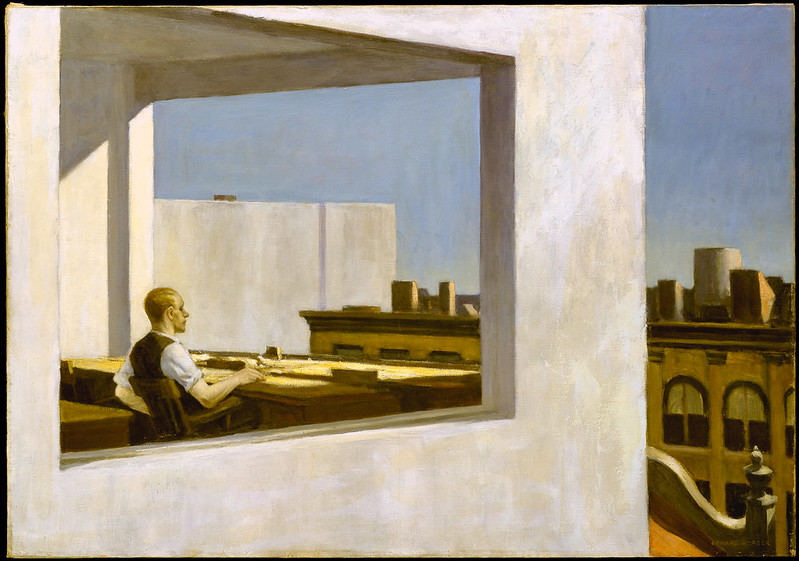
These four artists represent just a small sample of the many talented realism artists who have made significant contributions to the world of art. Through their works, they have captured the beauty and essence of everyday life, making realism art a lasting and important style that continues to inspire and engage people around the world.
Contemporary Realism Artists
Realism art continues to be a popular and vibrant style, and there are many talented contemporary artists who are keeping the tradition alive. Here are just a few of the most notable contemporary realism artists:
- Antonio Lopez
- Casey Baugh
- Alyssa Monks
- Raúl Lara
Antonio Lopez
Lopez is a Spanish painter who is known for his hyper-realistic portraits and still lifes. His works often feature bright colors and bold compositions, which he uses to create a sense of drama and intensity.
Casey Baugh
Baugh is an American artist who is known for his figurative paintings. His works often feature moody, atmospheric lighting and a strong sense of narrative, which he uses to create a sense of emotional depth and complexity.
Alyssa Monks
Monks is an American painter who is known for her incredibly detailed and realistic figurative paintings. She often paints her subjects up close, using her brushstrokes to capture every detail of their skin and features.
Raúl Lara
Lara is a Spanish emerging painter who is known for his neophotorealism style. He often depicts nude women in his paintings, using them as a symbol of human purity and exploring the complex psychology of the human experience, including its contradictions and fears
These four contemporary realism artists are just a few of the many talented painters who are pushing the boundaries of the style and creating new and exciting works of art. Through their skillful use of color, composition, and technique, they are keeping the tradition of realism art alive and vibrant for future generations to enjoy.
What is Abstract Art?
Abstract art is a style that uses color, shapes, and forms to convey emotions and ideas rather than representational images. This style of art originated in the early 20th century as a response to the traditional forms of art that had dominated the art world for centuries.
Characteristics of Abstract Art
Abstract art is a style that emphasizes color, shape, and form over realistic representation. Here are some of the key characteristics of abstract art:
- Emphasis on color, shape, and form over representation.
- Use of abstraction to convey emotions, ideas, and concepts.
- Lack of identifiable subject matter.
- Use of bold colors, textures, and patterns to create a sense of movement and energy.
- Often incorporates elements of surrealism and expressionism.
Emphasis on color, shape, and form over representation
Abstract art often distorts or simplifies recognizable objects and instead prioritizes the use of color, shape, and form to create a unique visual language.
Use of abstraction to convey emotions, ideas, and concepts
Abstract art often seeks to express emotions or ideas without using recognizable images. Instead, artists use abstract shapes and colors to convey feelings and concepts.
Lack of identifiable subject matter
Unlike realism art, abstract art does not aim to represent the physical world in a realistic way. Instead, it allows the viewer to create their own interpretations of the work.
Use of bold colors, textures, and patterns to create a sense of movement and energy
Abstract art often employs vibrant colors, textures, and patterns to create a dynamic sense of movement and energy within the composition.
Often incorporates elements of surrealism and expressionism
Many abstract artists draw on the traditions of surrealism and expressionism to create works that challenge viewers to see the world in new and unconventional ways.
Through its use of bold colors, abstract shapes, and a focus on emotion and concept, abstract art challenges viewers to see the world in new and exciting ways. By breaking free from the constraints of realism, it offers a unique and dynamic visual experience.
Famous Abstract Artists
Abstract art has produced some of the most influential and recognizable works of art in history. Here are just a few of the most famous abstract artists:
- Wassily Kandinsky
- Jackson Pollock
- Piet Mondrian
- Mark Rothko
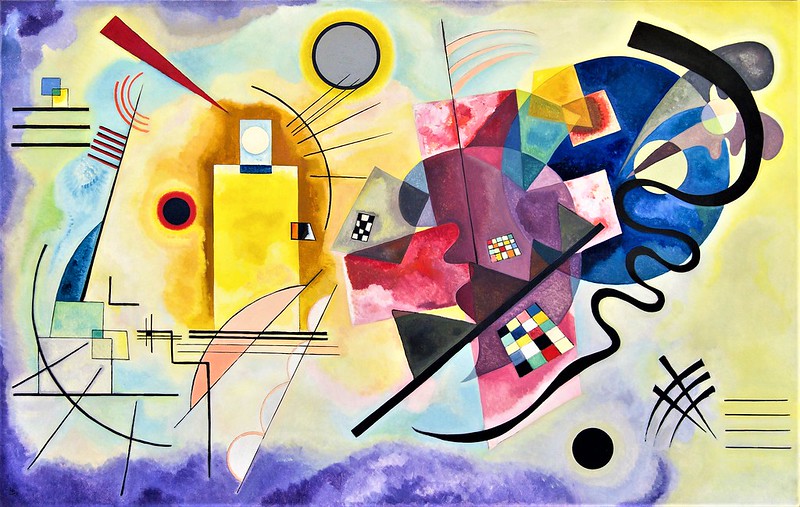
Wassily Kandinsky
Known as the father of abstract art, Kandinsky’s bold use of color and abstract shapes helped to establish the style in the early 20th century.
Jackson Pollock
Pollock’s unique “drip” technique, where he dripped and poured paint onto canvas, helped to define the Abstract Expressionist movement in the mid-20th century.
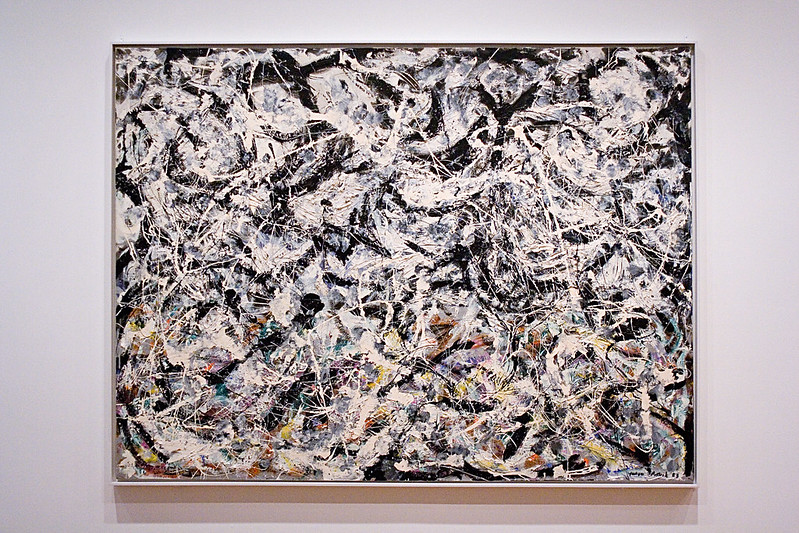
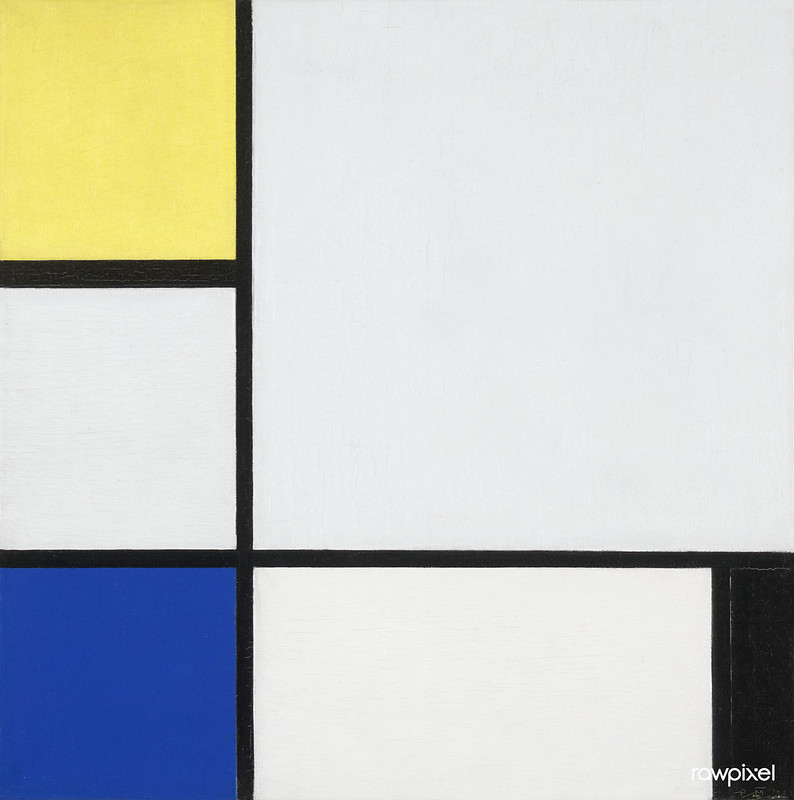
Piet Mondrian
Mondrian’s use of primary colors and geometric shapes, such as squares and rectangles, helped to define the De Stijl movement and inspired generations of artists to come.
Mark Rothko
Rothko’s large, color-blocked canvases, which often featured subtle variations in hue and tone, have become iconic examples of the Color Field painting style.
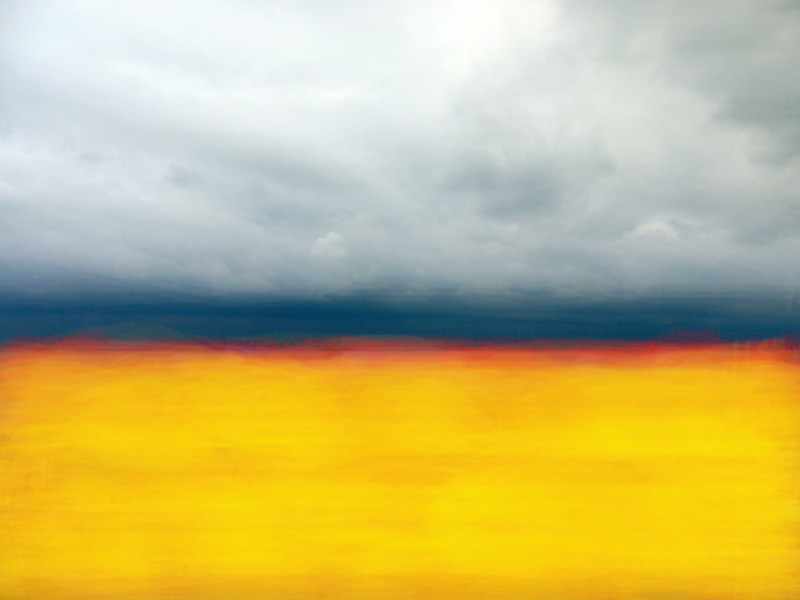
These artists, along with many others, helped to establish abstract art as a major force in the art world, inspiring new generations of artists and pushing the boundaries of what art could be.
Contemporary Abstract Artists
Abstract art continues to be a vibrant and influential style, and there are many contemporary artists who are pushing the boundaries of the genre. Here are just a few of the most notable contemporary abstract artists:
- Christian Hetzel
- Julie Mehretu
- Kim Rose
- Callen Schaub
Christian Hetzel
Hetzel’s abstract paintings feature bold, gestural brushstrokes and a vibrant color palette that often incorporates neon and fluorescent hues.
Julie Mehretu
Mehretu’s large-scale paintings combine elements of abstraction with architectural plans and maps, creating complex and dynamic compositions that explore themes of migration, displacement, and globalisation.
Kim Rose
Rose’s work explores the relationship between color, light, and form, with an emphasis on texture and surface quality. Her abstract paintings often incorporate metallic pigments, creating a sense of depth and shimmering movement.
Callen Schaub
Schaub’s paintings are created through a process of pouring and dripping paint onto canvas, resulting in dynamic compositions that are both abstract and organic. Schaub´s work it´s been very controversial wich he responsed creating what he calls “fake art movement“
Raul Lara is primarily known for his figurative art, which employs a neo-photorealist technique. However, he also creates abstract works using image transfer textures as the foundation for his pieces. This approach connects his abstract work to his figurative art. Typically, he employs neutral tones and soft colors to achieve modern, minimalist finishes in his abstract paintings.
These artists, along with many others, are redefining what abstract art can be, using new techniques, materials, and approaches to explore the possibilities of the genre.
Realism vs Abstract Art: What Are the Differences?
Realism and abstract art are two distinct artistic styles in the realm of realism vs abstract art, each with its own unique approaches to subject matter, technique, and purpose. Here, we explore some of the key differences that set realism and abstract art apart from each other
Subject Matter
Realism art seeks to accurately represent the world around us, often depicting scenes from everyday life or natural settings. The focus is on portraying the subject matter as faithfully as possible, using techniques such as perspective, shading, and proportion. Abstract art, on the other hand, does not attempt to represent any specific subject matter. Instead, it relies on color, shape, and form to convey emotions and ideas.
Technique
Realism art requires a high degree of technical skill, as artists strive to accurately depict the subject matter. Techniques such as shading, perspective, and proportion are essential to create a realistic representation of the world. Abstract art, on the other hand, often uses unconventional techniques to create a sense of movement and energy. Techniques such as dripping, splattering, or pouring paint onto the canvas are commonly used to create abstract compositions.
Purpose
Realism art aims to provide a truthful and accurate representation of the world, often highlighting the beauty and importance of everyday life. The purpose of abstract art, however, is to evoke emotions and ideas through the use of color, shape, and form. Abstract art often leaves the interpretation up to the viewer, allowing for a more personal and subjective experience.
In summary, in the discourse of realism vs abstract art, it becomes evident that while realism and abstract art may seem vastly different, both styles are important in their own right, offering unique perspectives on the world around us.
Realism vs Abstract Art, Which Style is Right for You?
Choosing between realism vs abstract art ultimately comes down to personal preference and artistic goals. Consider the following factors when deciding which style is right for you:
- What emotions do you want to convey through your art?
- What subject matter are you most interested in depicting?
- What techniques are you most comfortable using?
If you enjoy highly detailed and accurate representations of the world around you, then realism art may be the right choice for you. If, on the other hand, you prefer to experiment with color, shape, and form to convey emotions and ideas, then abstract art may be the way to go.
It’s important to note that there is no right or wrong style of art. Both realism and abstract art have their own unique beauty and can be appreciated by art lovers worldwide. Ultimately, the choice of style depends on personal preference and artistic goals.
FAQs
Q: Can realism and abstract art be combined?
A: Yes, it’s possible to combine elements of both realism and abstract art in a single piece. This can create a unique and visually stunning work of art.
Q: Is one style of art more popular than the other?
A: Realism and abstract art both have their own devoted followings, and there is no clear winner in terms of popularity.
Q: Can anyone learn how to create art?
A: Yes, anyone can learn how to create art with enough practice, dedication, and a willingness to learn.
Q: How do I determine which style of art to pursue? A: Choosing between realism and abstract art ultimately comes down to personal preference and artistic goals. Consider what you want to convey with your art and what style feels most natural to you.
Q: Are there any famous artists who have combined realism and abstract art?
A: Yes, some famous artists who have combined elements of both styles include Gerhard Richter, Chuck Close, and Alex Katz.
Q: What are some common misconceptions about realism and abstract art?
A: One common misconception is that realism art is simply a photographic representation of reality, while abstract art is meaningless and lacks skill. In reality, both styles require skill, technique, and a strong artistic vision.
Q: Can abstract art have a meaning or message?
A: Yes, abstract art can have a variety of meanings and messages. While the subject matter may not be immediately recognizable, the use of color, shape, and form can evoke emotions and ideas in the viewer.
Conclusion
In conclusion, realism vs abstract art represent two distinct styles of art that differ in their subject matter, technique, and purpose. Realism art focuses on accurately depicting the world around us, while abstract art uses color, shape, and form to convey emotions and ideas. Choosing between the two styles ultimately depends on personal preference and artistic goals. Whatever style you choose, remember that art is a form of self-expression, and there is no right or wrong way to create it.

